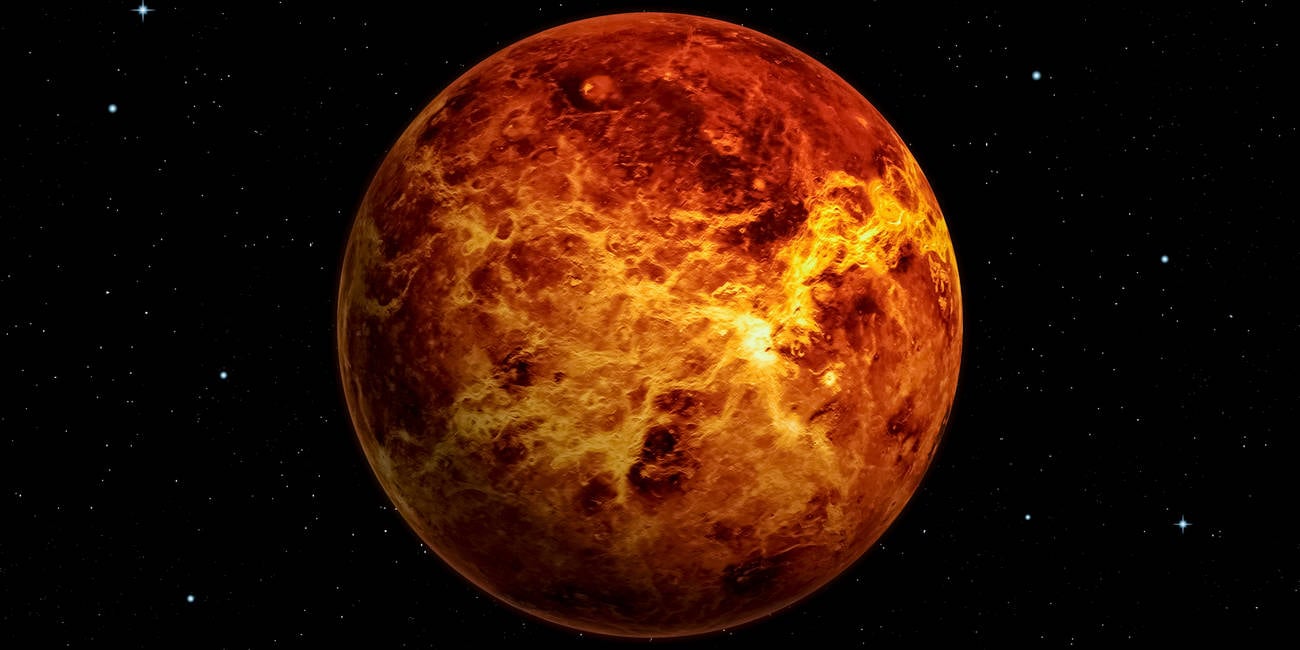The Small Bodies Nomenclature Working Group (WGSBN) – the folks responsible for assigning names to minor planets and comets – last week published a bulletin [PDF] in which it gave 29 small celestial bodies their very own names.
One of the newly named bodies has been given the moniker “Zoozve” and it is remarkable – for several reasons.
One is that it’s the first identified quasi-satellite of a major planet.
Zoozve is an asteroid that, as described by its discoverers in a 2005 paper, has an orbit that “takes it quite far afield from Venus – it dives in towards the Sun, passing within the orbit of Mercury, and travelling outwards just beyond the orbit of the Earth at its furthest from the Sun.” That path traces a shape that resembles a butterfly shape that comes about because the asteroid and Venus are travelling around the Sun nearly in lock-step.
“This means that VE68 has a very special property as seen from Venus,” the paper states. “It appears to travel around the Venusian sky about once every Venus year. If you didn’t know that VE68 is really travelling around the Sun, you might declare that Venus has a moon (or satellite) of its own.”
The first name given to the object was VE68 and it was later given the designation 2002 VE68.
While the asteroid is the first of its kind to be observed in such an orbit, it’s small, poses no danger to Earth, and did not excite the public imagination at the time.
But it did catch the eye of an artist named Alex Foster, who drew it on a poster of the solar system he designed for children and depicted it as a moon of Venus. He also misread the name of the asteroid and turned “2002 VE” into “Zoozve”
As beautifully told by Space.com, scientist and podcaster Latif Nasser saw the poster and became intrigued by Zoozve. Nasser eventually lobbied for 2002 VE68 to be formally named “Zoozve.”
And succeeded.
The WGSBN bulletin contains several other whimsical names, including:
- Pitufo, aka 1981 ET27, named for the Spanish word for “Smurf”;
- Curupira, aka 2016 HL, named for “a Brazilian indigenous folklore legendary creature, whose main purpose is to protect the forest against hunters and poachers”;
- Gabaldon, aka KY65, named for the scientist and author Diana J Gabaldon who wrote the Outlander series of novels and is also the great-granddaughter of Stanley Sykes, who built the telescope used to discover Pluto.
If you fancy suggesting your own name for a celestial body, the WGSBN – which works on behalf of the International Astronomical Union – offers advice on how to do so here. The Register‘s reading of the rules suggests ideas from the discoverers of objects carry plenty of weight as the WGSBN ponders additions to the 24,622 minor planets it has already named. ®

Dr. Thomas Hughes is a UK-based scientist and science communicator who makes complex topics accessible to readers. His articles explore breakthroughs in various scientific disciplines, from space exploration to cutting-edge research.








